In January this year, Renault gave the Twingo III a facelift and is now following that up with a new all-electric variant. Called the Twingo Z.E., the zero-emission city car competes against other pint-sized EVs like the Skoda Citigo e iV and Volkswagen e-up!
Visually, the Twingo Z.E. retains the design of the regular, fossil fuel-powered Twingo, with only a few cues to mark it out as an EV. These include blue highlights on the wheels, side stripes and front grille, along with “Z.E. Electric” badging on the B-pillars and tailgate. Another revision is slotting the Type 2 charging port under what used to the fuel filler cap.
It’s much the same story inside the cabin, with only a scattering of “Z.E.” logos and a revised instrument cluster display being the notable changes. Depending on the specified trim level, you’ll also get different colours for various trim pieces and the upholstery weave, as well as a seven-inch Easy Link touchscreen infotainment system with Easy Connect connected services.
The similarities don’t stop there, as the rear-wheel drive layout of Twingo Z.E.’s non-EV counterpart is carried over as well. However, instead of an internal combustion engine, there’s an electric motor in its place instead to provide 81 PS (80 hp) and 160 Nm of torque. Those figures aren’t exactly exciting, but for city driving purposes, it is plenty, and enables for a zero to 50 km/h sprint in around four seconds and a top speed of 135 km/h.
As with many EVs, there’s also regenerative braking in play here, and the Twingo Z.E.’s “B mode” provides drivers with three levels to choose from. In the most aggressive configuration, the car decelerates significantly to quickly regenerate the battery and reduce the need for braking, similar to one-pedal driving. By contrast, the most continuous mode allows the vehicle to keep going almost as if it was freewheeling.
The electric motor draws power from a 22-kWh lithium-ion battery that is tucked under the front seats, which Renault say will provide 250 km of range based on the WLTP City cycle, or 180 km following the WLTP Full cycle.
Recharging the battery can be accomplished by using the 22-kW onboard charger that is adaptable for single- or triple-phase AC power sources. With a 2.3-kW, single-phase home socket, getting from zero to 100% state of charge (SoC) will take 13 hours and 30 minutes, or eight hours when plugged into a 3.7-kW, single-phase wallbox. Opt for a more powerful 7.4-kW, triple-phase wallbox, and that time is halved to four hours.
If that’s still too slow for you, an 11-kW, triple-phase charging point will see an 80% SoC in two hours and 10 minutes, while the fastest route is with a 22-kW, triple-phase charger will offer the same result in a brisk 63 minutes. Renault notes that by using the last option, the Twingo Z.E. will gain around 80 km of operating range when plugged in for just 30 minutes.
Despite the presence of an electric powertrain, Renault says it did not have to make any compromises to roominess and practicality. You still get a folding rear bench and a flat loading floor, which provide a total of 980 litres of boot space with the former folded down – the default configuration provides 240 litres.
The Twingo Z.E. is the seventh EV developed by Renault, with others being the Zoe, Twizy, RSM SM3 Z.E. (sold in Korea), City K-ZE (sold in China) as well as the Kangoo Z.E. and Master Z.E. vans.
Looking to sell your car? Sell it with Carro.

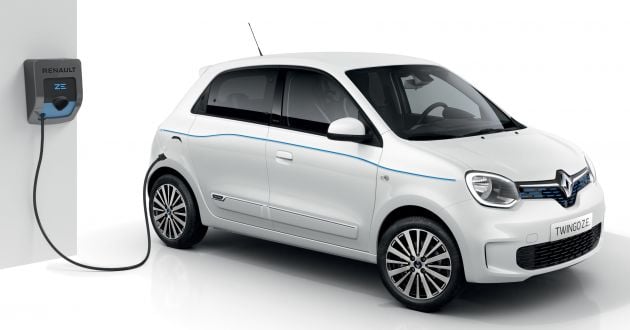
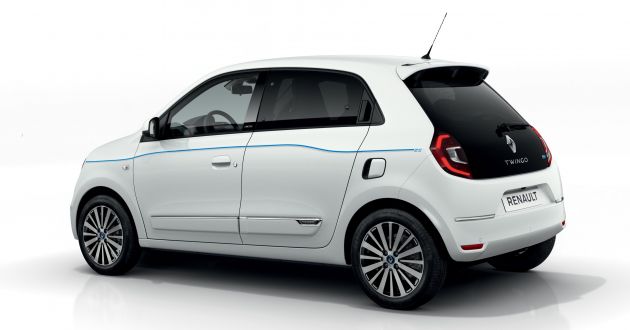
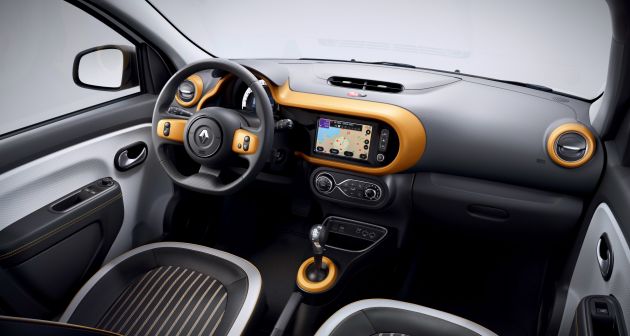
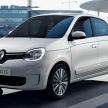
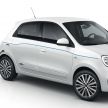
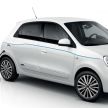
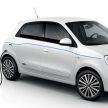
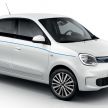
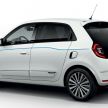
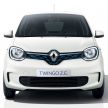
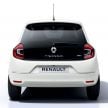
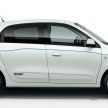

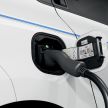
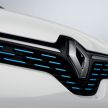
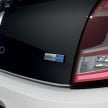

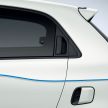
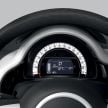
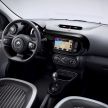
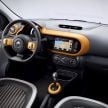
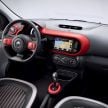
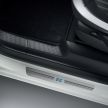
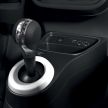
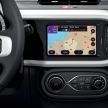

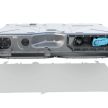
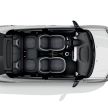








@250km, it will share the same fate as stablemate first gen Nissan Leaf. That car failed due to the short range compared to most other EVs guaranteeing at least 300km trips.
This is a city car. The 250km range is not going to be a hindrance if all you’re doing is drive in the city.
The Leaf on the other hand is NOT a city car. Hence why it’s more troublesome to have a short range.
A Myvi was designed to be a city car but Malaysians so smart want to go fast-fast on the right lane and end up in fiery accidents. A Twingo EV will expect to be driven wherever 4 wheels can go so range is still a matter in Malaysia.
The first gen Leaf’s range was appropriate at the time. Range wasn’t entirely the factor as to why it sort of failed. I believe it was the timing of its release. The Leaf was the first ever EV available for the mass market to buy. All EV of its class before were only available to lease or were very limited production. Its initial sales were slow because it had no other “gimmick” than its EV powertrain, and its performance was ordinary. As technology progressed quickly in that period, consequently late-comers had the benefit of better technology. It’s no coincidence that in 2015 when EVs and hybrids were prominent in international motor shows and Tesla began gaining ground, that Leaf’s sales dropped drastically. They made the public less scared of committing to buy an EV, thereby inadvertently helped pave the way for the competition. It wasn’t a bad EV, its just bad timing.
Twingo Z.E may sell very well. It’s a very nice package. It’s fairly lightweight, has a decent range, it’s as practical as it could be for its size, and it looks good. The predicted pricing for it is also surprisingly cheap.